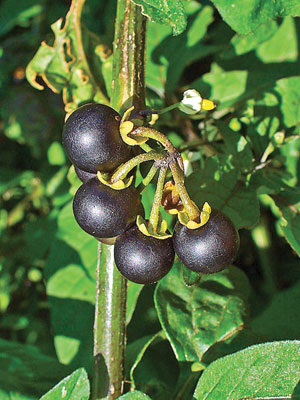When it comes to selling your cattle, you want to be sure you get as much as you can out of the transaction – after all, you put valuable time, effort and resources into each cow on your farm.
But as every farmer knows, it can be tricky to walk the line between selling cows when prices aren’t at their best, and hanging on to cows that aren’t performing are costing you money. So what is a producer to do in today’s market?
University of Missouri Extension Livestock Specialist Eldon Cole said culling or holding an animal will largely depend on your feed resources.
“A lot depends on the forage you have and the condition of the cow,” Cole explained.
If you have good quality forage source, but it’s in limited supply, it might be time to send your lower performing cows on down the road.
“If your feed resources are a little slim you’re probably better off taking your losses now, rather than feeding them good feed that your other cows could put to better use,” said Cole.
If, however, you have cows that you are ready to cull and you happen to have forage or feed to spare, putting a few extra pounds of groceries on your reject cattle never hurts.
“If you have some thin, old and open cows and have some concentrate and good forage (even stockpiled fescue) for them, feeding them for up to 60 days could put them in a better condition to sell after the first of the year as killers.”
Producers should consider the time of year when it comes to getting a good price for cull cows on the market.
“The fall months are typically the low point of the cull cow price cycle. We have more cows calving in the first half of the year than in the fall months,” Cole said. “Thus, when you wean calves, you mark those who are open, weaned a dink calf or are aged, as culls.”
The cull cow market tends to perk back up in the spring, and this coming spring season is shaping up to be no different.
“Cull cow prices normally rise into the spring, and if you have plenty of forage and some money to buy concentrate feed, keeping culls is a risk but could pay off,” said Cole. He went on to advise that if cows have a good mouth and are short-breds, keeping and selling as third stage cows in the spring is an option.
“There seems to always be someone looking for third-stage cows when the grass starts in March,” he said.
If a producer chooses to sell their cows now, they shouldn’t be too terribly surprised if the market is not as high as it has been recently. Cole said to just remember to weigh the price against the potential revenue drain of continuing to hold on to cows that meet the “Three O’s Adage” – old, open or ornery.
“The slaughter cows now are in the $50 to $60 per hundred range, or worth $600 per head,” Cole said. “As bad as that seems, remember when cows were easily two times that, so this is an evening out period.”
The decision to sell or hold your cull cows ultimately comes down to the resources you have available to you. Make a cull cow plan that works best for your farm, no matter when you choose to send them down the road to the sale barn.
What does cull mean?
Culling is performed whenever it makes the most economic sense to remove cows from the herd. Older animals are culled because they are not productive or during times of unfavorable weather conditions, such as a prolonged drought.




